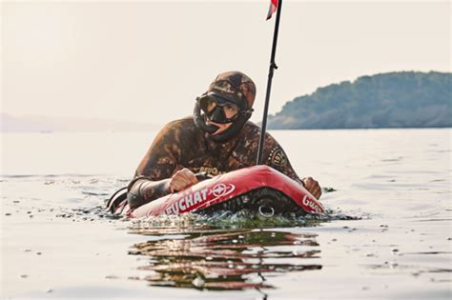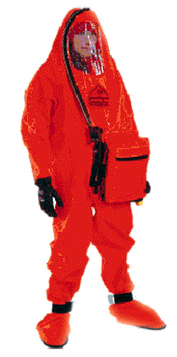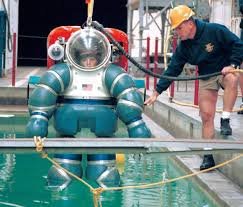Adios
...
Or E) Watch your wife proceed to the horizon while reading the note she left you where the PLB used to beThere's no option in the poll for either
c) Panic,
or
d) Light the Hamlet cigar you keep in a waterproof container in your lifejacket, and calmly watch the boat recede towards the horizon.




